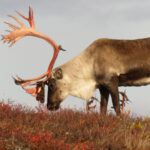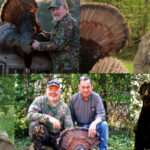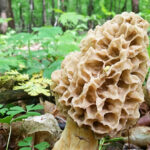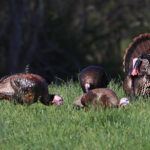Spring turkey season is here, and hunters are beginning to hit private and public land alike. While there are many similarities between these, there are also significant differences. When analyzing private land vs. public land turkey hunting, here are 13 things you should know.
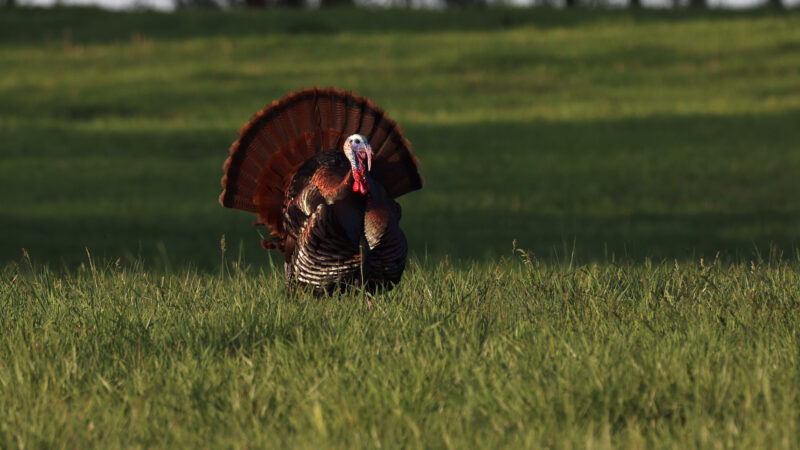
Licenses and Tags
Private Land: Unless specific hunting regulations do not require it (i.e.: hunting on your own land in some states, youth hunters in some states, etc.), state agencies require a unique combination of hunting licenses, permits, and/or tags to hunt turkeys.
Public Lands: The same is true for public lands. However, oftentimes, state agencies require an additional (or different) permit type. Oftentimes, this is a public land stamp or permit in conjunction with your primary hunting licenses and tags.
Note: Check your state and local regulations for specific and most relevant info.
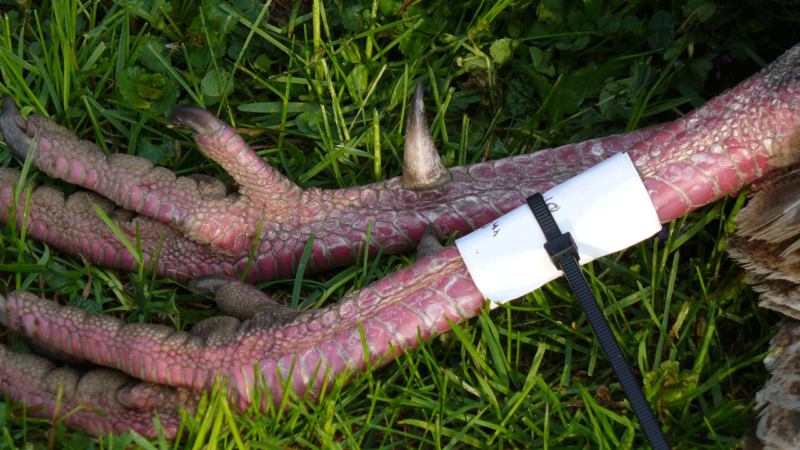
General Access
Private Land: Private land turkey hunting can be great. That said, it’s only as good as the habitat quality, management efforts, hunting pressure, and more. However, most private lands are managed better than public properties. Of course, private land access requires ownership, leasing, or permission to access.
Public Land: Public land turkey hunting can be good, too. Even so, it too is affected by habitat quality, management efforts, hunting pressure, and more. Some public lands are managed better or worse than private properties. Depending on the specific public tract, it might offer open access, or could be managed by limited-entry draws or quota hunts.
Flock Age Structures
Private Land: Oftentimes, the age structure of a private land flock revolves around annual hatches, poult survival, predator populations, habitat quality, number of local turkey hunters, and more.
Public Land: The same factors impact public land. That said, age structures are sometimes slightly lower due to a decrease in habitat quality and increase in hunter numbers.
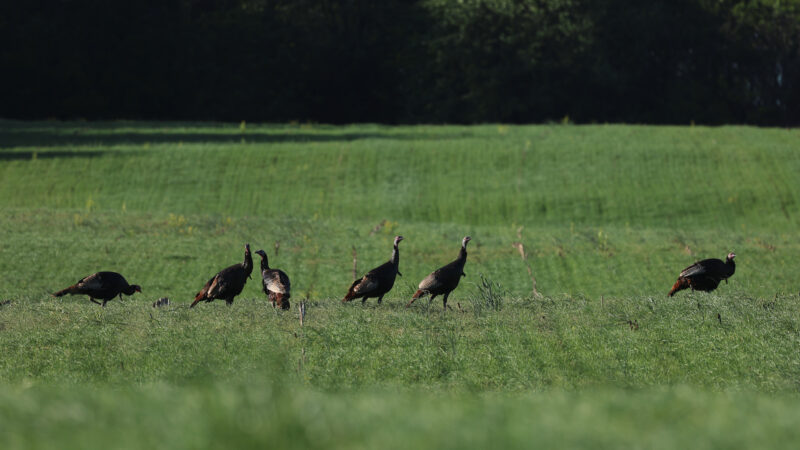
Private Land: I’ve hunted some tracts of private land that were hit harder than public lands I’ve been on. That said, with a limited number of hunters, oftentimes, hunting pressure is lower on private lands.
Public Land: As mentioned, some public lands receive less hunting pressure than private ground. That’s the exception, and not the norm, though.
The Best Days of the Week
Private Land: The best day of the week on private land usually revolves around weather patterns. That said, if hunting a property with shared permission, weekdays might be better.
Public Land: The same is true on public land. Of course, most public lands receive hunting pressure every weekend. Therefore, weekdays almost always offer less competition with other hunters.
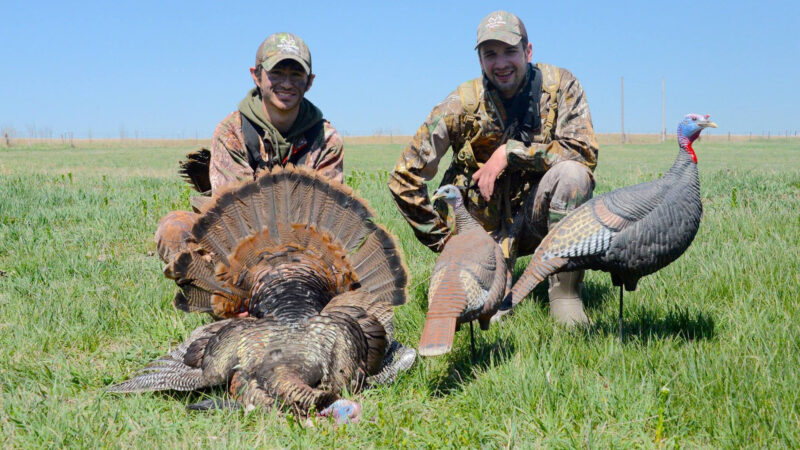
The Best Spots on the Property
Private Land: This is largely dictated by habitat quality, roost sites, food sources, etc. As hunting season progresses, hunters can start pushing birds into new areas that receive less pressure.
Public Land: The above hunting land factors apply to public land, too. That said, because hunting pressure tends to be greater, turkeys start migrating into areas that hunters avoid.
E-Scouting Efforts
Private Land: There aren’t many online resources for private land scouting. That said, hunting apps, such as HuntStand, offer an abundance of tools to scout private ground.
Public Land: Hunting app tools available for private lands are there for e-scouting public land, too. Fortunately for public hunters, even more options are available. App layers dedicated to highlighting public ground, web pages dedicated to specific tracts of public land, forums to discuss public properties, and more — there is no shortage of public land e-scouting resources.
Read more on How To Find a Turkey for Opening Day
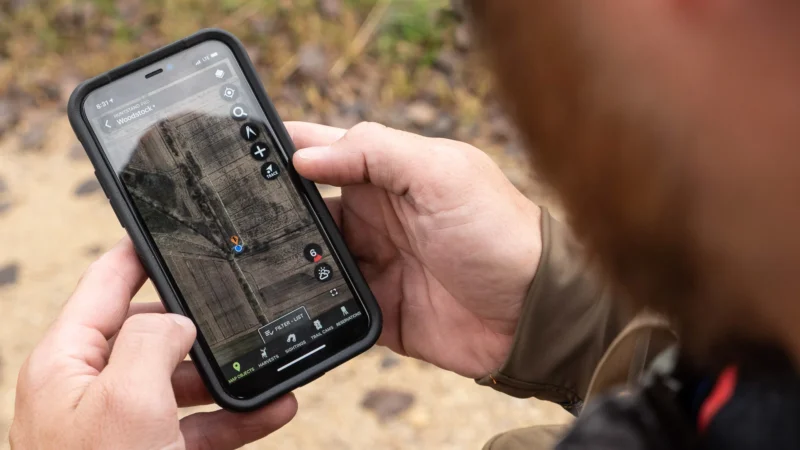
Calling Efforts
Private Land: Turkey calling tactics on private land should be decided based on the turkey breeding cycle, turkey receptiveness, and more. Make decisions based on what will work best (safely) in the moment.
Public Land: The above is true for public lands, too. However, hunters must consider the added elements of other hunters. For example, calling too much, or keep a bird gobbling too long, can draw the attention of other hunters.
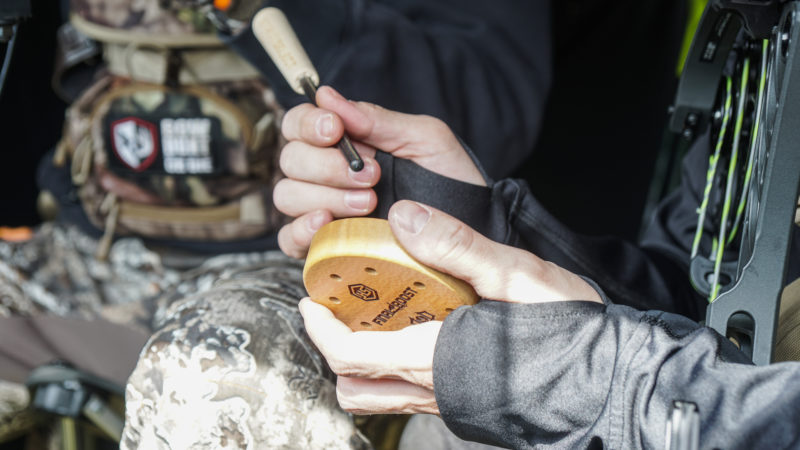
Decoying Efforts
Private Land: On private land, it’s best to match decoying efforts to the phase of the breeding cycle, mood of the turkeys, and more. Of course, be mindful of other hunters near property lines and with shared hunting land permission.
Public Land: The above remains true, but it’s usually best to pull the reigns back on public land decoying efforts. Oftentimes, consider using a hen decoy, or not using decoys at all. Decoys can attract other public-land hunters.
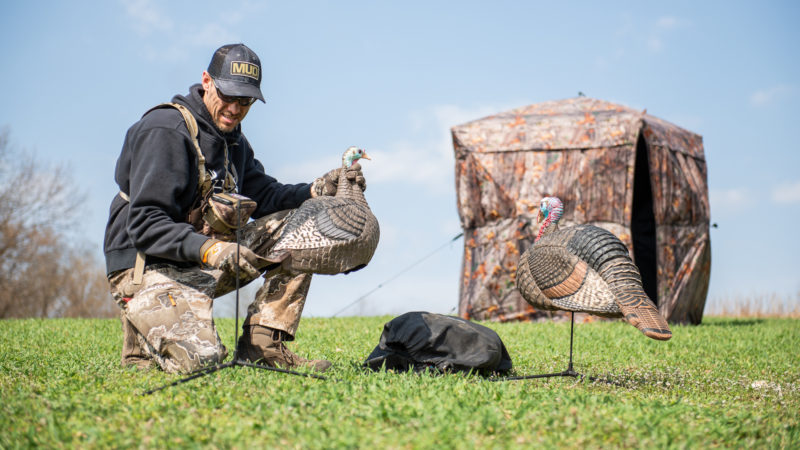
The Overseers
Private Land: If managed at all, private lands are usually managed by landowners, lessees, or those with permission to do so. Oftentimes, they plant food plots, set property guidelines, and more.
Public Land: On public ground, most of the time, wildlife biologists oversee habitat management, such as any timber stand improvement (TSI), food plot planting, etc.
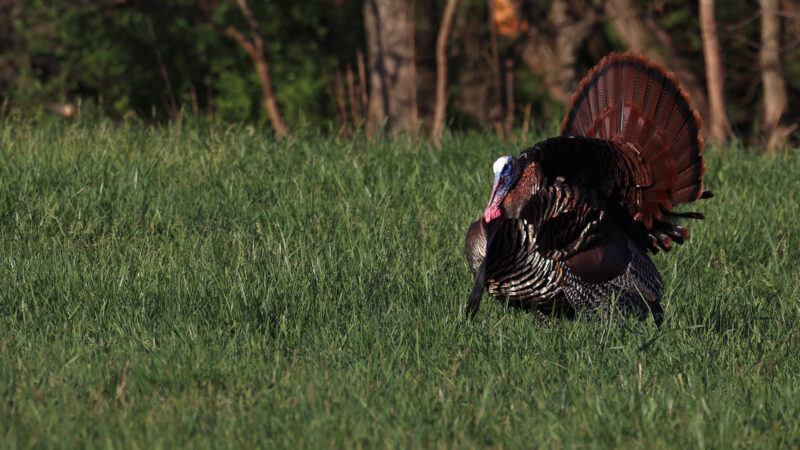
Land Acreage Sizes
Private Land: Acreages vary greatly on private lands. If you aren’t too close to a domicile or other occupied building, and the state and local regulations allow it, no property is too small for hunting. Some hunters hunt on as few as three or four acres. That said, smaller tracts require even more safety precautions, especially when shooting. On small tracts, and closer to civilization, bowhunting equipment is best.
Public Land: Public lands range in size, too. Some are as small as 5-10 acres, and others range up to hundreds of thousands of acres. Finding areas that are overlooked by other hunters is the goal, though. That might be a 5-acre tract everyone overlooks, or three miles deep into some big country that others won’t sweat enough to reach.
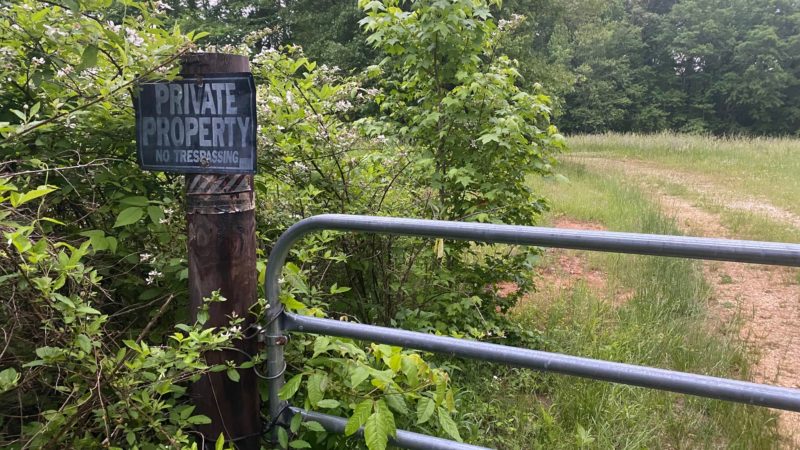
Food Sources
Private Land: Food sources are usually limited by habitat type. That said, the agricultural and other practices on the property impact availability.
Public Land: Likewise, food sources are most dictated by the type of habitat on the landscape. How much the public land is managed for wildlife will impact food sources, too.
Common Courtesy
Private Land: Always treat your fellow private land hunters with respect. Be courteous to landowners and their land. Respect property lines and maintain good relationships with neighbors. Working with other hunters with whom you share access and hunting permission. Do that, and everyone wins.
Public Land: Of course, always treat other public land hunters with respect, too. If you see someone else already parked in an area, or see a hunter in the distance, keep moving and find another place to go. If you talk to other hunters, be completely kind.
After all, maintaining humanity and good character will always be more important than a hunting spot, whether it’s private or public land hunting.
Check out the video below as Paul Morrison goes after public land gobblers with his bow.

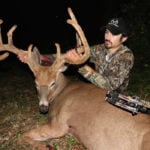 By
By 